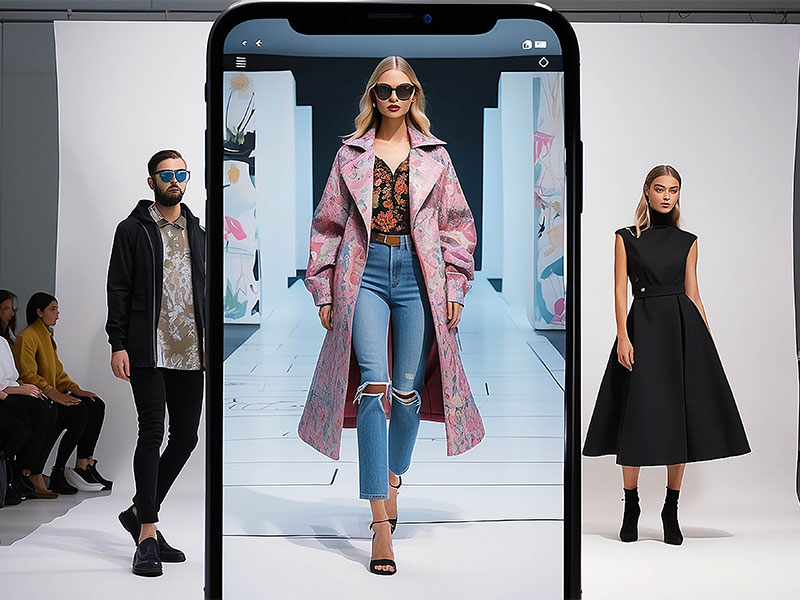
Is your fashion brand posting beautiful content but still struggling to convert followers into customers? You’re not alone. The fashion industry is one of the most visually compelling yet intensely competitive spaces on social media, where stunning imagery is expected but rarely enough to stand out. Here’s what most fashion business owners don’t realize: success on social media isn’t just about aesthetics anymore. It’s about strategic storytelling, authentic engagement, and data-driven decision-making that turns your Instagram feed into a revenue-generating machine. Whether you’re running an emerging designer label, managing an established fashion house, or launching a direct-to-consumer clothing brand, mastering social media strategies for fashion brands has become non-negotiable.
In this comprehensive guide, we’ll dive deep into proven strategies that top fashion brands use to dominate social media platforms, build loyal communities, and drive sustainable sales growth. From leveraging user-generated content to mastering algorithm changes, you’ll discover actionable tactics you can implement immediately—regardless of your budget or team size.
Let’s transform your social media presence from just pretty pictures to a powerful business asset that actually moves the needle.
Understanding the Fashion Industry’s Social Media Landscape
Why Social Media Matters More for Fashion Than Other Industries?
Fashion exists at the intersection of visual storytelling and aspirational lifestyle—making social media the perfect stage. Unlike many industries where social media is supplementary, for fashion brands it’s often the primary discovery channel. Studies show that 75% of fashion purchases are influenced by social media, with platforms like Instagram and TikTok driving direct purchase intent.
Think about how people shop for fashion today. They’re not just looking for clothes—they’re seeking identity, expression, and belonging. Social media provides the narrative context that transforms a dress from fabric into a statement, a sneaker from footwear into culture, and a handbag from accessory into status symbol.
For people related to the fashion industry, especially business owners, this represents both opportunity and challenge. The opportunity: reach global audiences with minimal investment. The challenge: standing out when every competitor is fighting for attention in the same visual-first spaces.
The Evolving Platform Dynamics
The social media landscape for fashion brands has shifted dramatically. Instagram remains crucial, but TikTok has emerged as the discovery engine for younger demographics. Pinterest drives intent-based traffic. YouTube builds authority through behind-the-scenes content. LinkedIn connects with industry professionals and B2B buyers.
Understanding where your specific audience spends time—and how they use each platform differently—is foundational to effective social media strategies for fashion brands. A luxury couture house might thrive on Instagram and Pinterest, while a streetwear brand might dominate TikTok and Twitter.
The most successful fashion business owners don’t spread themselves thin across every platform. They master 2-3 channels where their ideal customers actively engage, then expand strategically. Quality of presence beats quantity of profiles every single time.
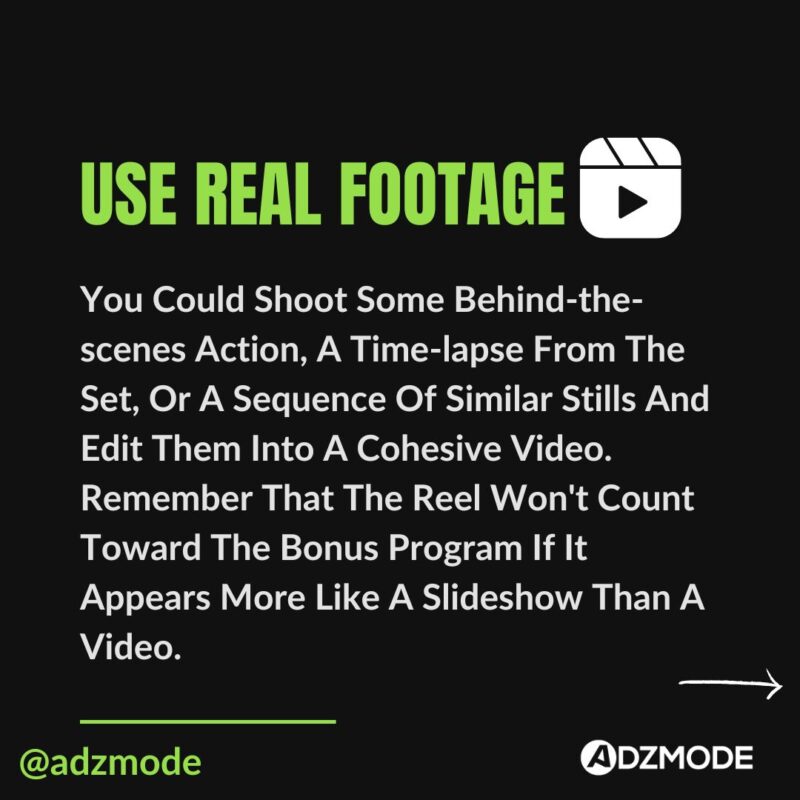
Strategy #1: Master Visual Storytelling That Sells
1. Create a Cohesive Brand Aesthetic
Your social media feed is your digital storefront, and first impressions matter enormously. The brands that succeed on social media don’t just post pretty pictures—they create instantly recognizable visual identities that people can identify within seconds of scrolling.
Key elements of effective fashion brand aesthetics:
• Consistent color palette – Choose 3-5 signature colors that appear consistently across posts
• Photography style – Whether minimalist studio shots or vibrant lifestyle imagery, maintain consistency
• Brand personality – Your visuals should communicate whether you’re edgy, elegant, or playful
• Grid cohesion – Plan how posts look together, not just individually
Look at brands like Reformation or Jacquemus—you’d recognize their content instantly even without seeing the logo. That’s the power of cohesive visual storytelling.
2. Show the Story Behind the Style
People don’t just want to see finished products; they want to experience the journey. Behind-the-scenes content humanizes your brand and creates emotional connections that pure product shots can’t achieve.
Share your design process, introduce your team, show your sustainable manufacturing practices, document fashion week preparations, or reveal how a collection comes together from sketch to runway. This content performs exceptionally well because it satisfies curiosity while building brand authenticity.
Fashion business owners often underestimate the value of imperfect content. That quick Instagram Story of your pattern maker at work or your team celebrating a successful photoshoot often generates more genuine engagement than perfectly polished campaign imagery.
3. Leverage User-Generated Content
Nothing sells fashion like seeing real people wearing and loving your pieces. User-generated content serves as social proof, provides authentic styling inspiration, and significantly reduces your content creation burden.
How to encourage UGC:
- Create a branded hashtag and actively promote it
- Feature customer photos prominently on your feed with proper credit
- Run contests or campaigns incentivizing customers to share their looks
- Send products to micro-influencers whose audiences align with your brand
- Make sharing easy by including social handles on packaging and tags
Strategy #2: Build Community, Not Just Followers
1. Engagement Over Vanity Metrics
Here’s a truth bomb for fashion business owners: 100,000 followers who never engage or buy mean less than 5,000 genuinely interested community members. The social media strategies for fashion brands that actually drive business results prioritize engagement rate, saves, shares, and comments over follower count.
Algorithms increasingly favor accounts with strong engagement, meaning an engaged community creates compounding visibility advantages. When your followers consistently interact with content, platforms show your posts to more people.
Tactics to boost meaningful engagement:
- Ask specific questions in captions that invite responses
- Respond personally to comments within the first hour of posting
- Create polls, quizzes, and interactive Stories
- Host live Q&A sessions where you directly connect with your audience
- Build two-way conversations rather than broadcasting messages
2. Create Exclusive Community Experiences
Fashion thrives on exclusivity and insider access. Give your social media community reasons to feel special—like they’re part of something bigger than a transaction.
Launch products first to your Instagram or TikTok followers before general release. Create private Facebook groups where your most engaged fans connect. Offer social-exclusive discounts or early access to sales. Share content that’s only available on social platforms.
When customers feel like valued community members rather than just buyers, they become advocates who organically promote your brand.
3. Collaborate With Micro and Nano-Influencers
While mega-influencers have reach, micro-influencers (10K-100K followers) and nano-influencers (1K-10K followers) often deliver superior ROI for fashion brands. Their audiences are more engaged, their endorsements feel more authentic, and their rates are dramatically more accessible.
The key is finding influencers whose aesthetic and values genuinely align with your brand. One authentic partnership with the right micro-influencer can drive more sales than ten disconnected celebrity posts.
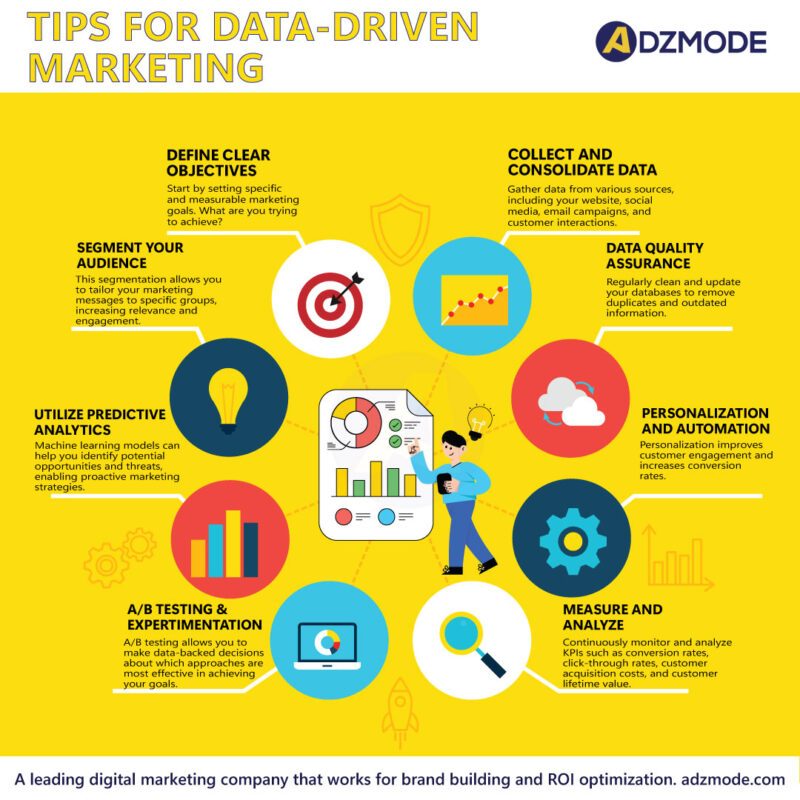
Strategy #3: Leverage Video Content Across Platforms
1. TikTok: The Fashion Discovery Engine
If you’re in the fashion industry and not on TikTok, you’re missing the single fastest-growing discovery channel for fashion brands. TikTok’s algorithm is uniquely meritocratic—great content can go viral regardless of follower count.
TikTok content strategies that work for fashion:
- Styling tips showing one piece worn multiple ways
- Get ready with me videos showcasing your products
- Behind-the-scenes content from design to production
- Trend participation with fashion-specific spins
- Before/after transformations and outfit reveals
- Day-in-the-life content from fashion entrepreneurs
2. Instagram Reels and YouTube Shorts
While TikTok leads in short-form video, Instagram Reels and YouTube Shorts extend your reach to audiences who prefer those platforms. The good news: you can repurpose TikTok content across these platforms with minor adjustments.
Instagram Reels particularly benefit fashion brands because they appear in multiple discovery surfaces—the Reels tab, Explore page, and profile grids.
3. Long-Form YouTube Content for Authority Building
While short-form video drives discovery, long-form YouTube content establishes authority and builds deeper relationships. Fashion business owners can use YouTube for:
- Collection reveals and seasonal lookbooks
- Educational content about fabric quality and styling principles
- Documentary-style brand storytelling
- Interviews with designers or industry experts
- Virtual shopping experiences and product deep-dives
If you’re finding it challenging to create consistent, high-quality video content across multiple platforms while managing your fashion business, partnering with the best social media marketing agency that specializes in fashion brands can be transformative. The right agency brings expertise in platform-specific content strategies, video production capabilities, and the bandwidth to maintain consistency—turning your social presence from sporadic posts into a strategic content engine that drives measurable business growth.
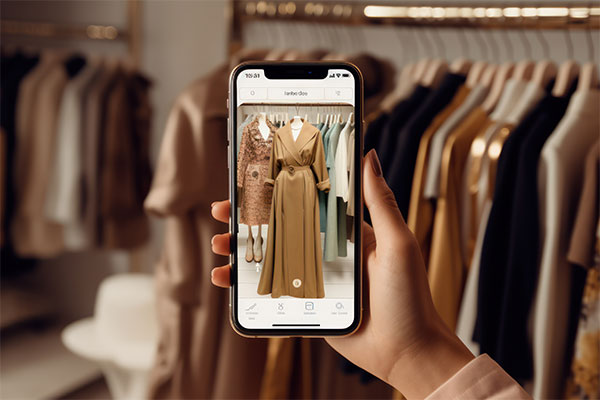
Strategy #4: Implement Shoppable Social Features
1. Instagram Shopping and Facebook Shops
Social commerce has revolutionized how fashion brands convert interest into sales. Instagram Shopping and Facebook Shops eliminate friction by allowing customers to discover products, view details, and complete purchases without leaving the app.
For fashion business owners, implementing these features is no longer optional—it’s essential infrastructure.
Best practices for shoppable posts:
- Tag products naturally without overwhelming the image
- Use lifestyle imagery showing products in context
- Create shoppable Stories with swipe-up links or stickers
- Organize Facebook Shop collections by category or trend
- Ensure product descriptions are compelling and include key details
2. Pinterest Shopping and Pinterest Pins
Pinterest operates differently from other platforms—it’s a visual search engine where people actively seek inspiration and plan purchases. Fashion content performs exceptionally well on Pinterest, with users 40% more likely to purchase fashion items they discover on the platform.
Create rich pins with detailed product information, pricing, and availability. Organize boards strategically around trends, seasons, and occasions.
3. Live Shopping Events
Live shopping combines entertainment, community, and commerce in real-time experiences. Platforms like Instagram Live and TikTok Live Shopping let fashion brands host virtual shopping events.
This strategy works particularly well for product launches, seasonal sales, or exclusive collections.
Strategy #5: Use Data-Driven Decision Making
1. Track Metrics That Actually Matter
Fashion business owners often focus on vanity metrics while overlooking data that actually predicts business success.
Critical metrics for fashion brands:
- Engagement rate
- Save rate (indicates content people want to reference later)
- Share rate (organic amplification indicator)
- Click-through rate to your website
- Conversion rate from social traffic
- Customer acquisition cost from social channels
- Average order value from social-driven purchases
- Return on ad spend for paid campaigns
2. A/B Test Everything
The most effective social media strategies for fashion brands are constantly evolving based on testing.
Test different:
- Posting times and days
- Caption lengths and styles
- Content formats
- Call-to-action phrases
- Hashtag strategies
- Visual aesthetics and photography styles
3. Leverage Social Listening Tools
Understanding what your audience says about your brand and fashion trends provides invaluable strategic insights. Social listening tools monitor mentions, sentiment, and conversations.
You’ll discover:
- Common customer questions or concerns
- Emerging trends to capitalize on
- Influencers and brand advocates to partner with
- Competitive intelligence
- Content opportunities
For fashion business owners who recognize the power of data-driven social media but lack the time or expertise to properly analyze and act on insights, partnering with a digital marketing company in India that offers comprehensive analytics and strategic guidance can level the playing field. These specialized agencies combine social media expertise with advanced analytics capabilities, helping you make informed decisions that optimize your marketing spend and maximize ROI—all while you focus on designing collections and running your business.
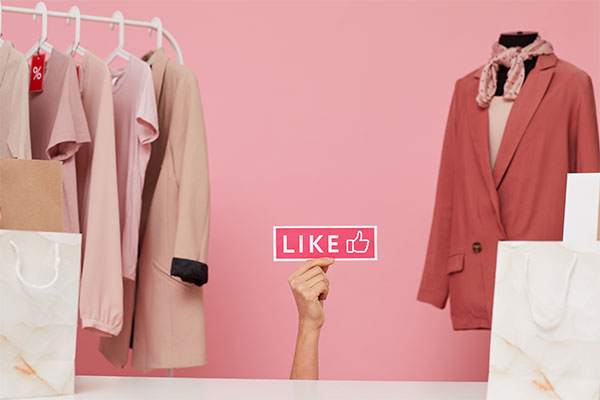
Strategy #6: Master Platform-Specific Best Practices
1. Instagram: The Fashion Brand Headquarters
Instagram remains the primary platform for most fashion brands, combining visual storytelling, shopping features, and community building.
Instagram best practices:
- Post consistently (4-7 times weekly for feed posts, daily Stories minimum)
- Use a mix of feed posts, Stories, Reels, and occasional Lives
- Optimize your bio with clear brand positioning
- Create Story Highlights showcasing collections and reviews
- Use 8-12 relevant hashtags mixing popular and niche tags
- Post when your specific audience is most active
2. TikTok: Authenticity Over Perfection
TikTok rewards authenticity, creativity, and entertainment value over polished production.
TikTok best practices:
- Post 1-3 times daily for maximum algorithm favor
- Jump on trending sounds and formats quickly
- Show personality—let your team appear in content
- Use captions effectively since many watch with sound off
- Engage with comments immediately
- Keep content between 15-60 seconds
3. Pinterest: The Long-Term Traffic Driver
Pinterest functions as a visual search engine and inspiration board.
Pinterest best practices:
- Create vertical images optimized for the platform
- Write keyword-rich descriptions
- Organize boards thematically
- Pin consistently (5-10 new pins daily if possible)
- Create multiple pins for the same product
- Focus on aspirational, solution-oriented content
Strategy #7: Run Strategic Paid Social Campaigns
1. When Organic Isn’t Enough
Organic reach has declined as algorithms prioritize paid content. Strategic paid campaigns amplify reach and accelerate growth.
Fashion brands benefit from paid campaigns during:
- New collection launches
- Seasonal peaks
- Special promotions
- Retargeting campaigns
- Testing new markets
2. Platform-Specific Advertising Strategies
Instagram and Facebook Ads offer unparalleled targeting precision. Use:
- Dynamic product ads retarget website visitors
- Collection ads showcasing multiple products
- Story ads creating full-screen experiences
- Lookalike audiences finding new customers
TikTok Ads excel at driving awareness among younger demographics.
Pinterest Ads capture high-intent traffic as users actively plan purchases.
3. Retargeting: The Highest-ROI Campaign Type
Most website visitors don’t purchase on first visit. Retargeting campaigns typically deliver 3-10x higher conversion rates.
Set up retargeting for:
- Website visitors who didn’t purchase
- Cart abandoners
- Social media engagers
- Video viewers
- Existing customers for cross-selling
Common Mistakes Fashion Brands Make on Social Media
1. Posting Without Strategy
Beautiful content without strategic intent rarely drives business results. Every post should serve a purpose.
2. Inconsistent Posting and Engagement
Algorithms and audiences both favor consistency. Create a content calendar and stick to it.
3. Ignoring Analytics and Data
Review analytics regularly. Identify top-performing content and create more like it.
3. Focusing Only on Selling
Follow the 80/20 rule: 80% of content should educate, entertain, or inspire, while only 20% directly promotes products.
4. Neglecting Community Management
Engage with your community daily: respond to comments, answer questions, and acknowledge mentions.
Building Your Social Media Strategy: Action Plan
Step 1: Audit Your Current Presence
Review your current social media across all platforms. What’s working? What’s not? How do you compare to competitors?
Step 2: Define Clear Objectives
Set specific, measurable objectives:
- Increase brand awareness
- Drive monthly website traffic
- Generate monthly sales from social
- Build engaged community
- Achieve target engagement rate
Step 3: Identify Your Target Audience Precisely
Get specific about demographics, psychographics, behaviors, pain points, and desires.
Step 4: Choose Your Priority Platforms
Select 2-3 platforms to prioritize based on where your audience spends time.
Step 5: Develop Your Content Strategy
Create a framework for consistent content creation including content pillars, mix, visual identity, posting frequency, and workflow.
Step 6: Implement, Measure, Optimize
Launch your strategy and continuously optimize based on performance data.
Frequently Asked Questions
Q1: How often should fashion brands post on social media?
Frequency varies by platform. On Instagram, aim for 4-7 feed posts weekly plus daily Stories. On TikTok, post 1-3 times daily. Quality always beats quantity—start with a sustainable schedule you can maintain consistently.
Q2: Should emerging fashion brands invest in influencer marketing?
Yes, but strategically. Focus on micro-influencer partnerships or product seeding programs. One authentic partnership with the right micro-influencer often drives more sales than posts from larger accounts.
Q3: What’s the best time to post for maximum engagement?
Use platform analytics to identify when your followers are most active. Test various times, track results, and optimize based on your data.
Q4: How can small fashion brands compete with established brands?
Focus on authenticity, niche targeting, and community building. Leverage user-generated content, partner with micro-influencers, and show behind-the-scenes content. Your size is an advantage if you leverage it correctly.
Q5: Should fashion brands use the same content across all platforms?
Each platform has unique formats and audience expectations. Adapt your core content to each platform’s strengths rather than posting identical content everywhere.
Conclusion
We’ve covered extensive ground exploring social media strategies for fashion brands—from visual storytelling and community building to video content, shoppable features, data-driven optimization, and platform-specific tactics. But here’s what matters most: strategy without execution is just theory.
The fashion brands winning on social media aren’t necessarily the most funded or creative. They’re the brands that commit to consistent, strategic execution informed by data and authentic connection with their communities.
For people related to the fashion industry, especially business owners, the opportunity has never been greater. You have access to global audiences and powerful tools. But you also face intense competition and the constant pressure to produce engaging content.
Start where you are. Choose 2-3 platforms where your target customers engage. Create a consistent posting schedule. Focus on building genuine connections. Test, measure, and optimize. Remember that social media success is a marathon, not a sprint.
Your fashion brand has a story worth telling and products people need to discover. Social media is simply the most powerful megaphone you have. The strategies we’ve discussed work—but only if you implement them with commitment and patience.
The question isn’t whether social media strategies for fashion brands deliver results. The question is: are you ready to invest the time and strategic thinking required to transform your social presence into the growth engine your fashion business deserves?
Your audience is out there right now, scrolling and waiting to discover brands that speak to them. Make sure they find yours.
Share Your Project Requirements With Us






